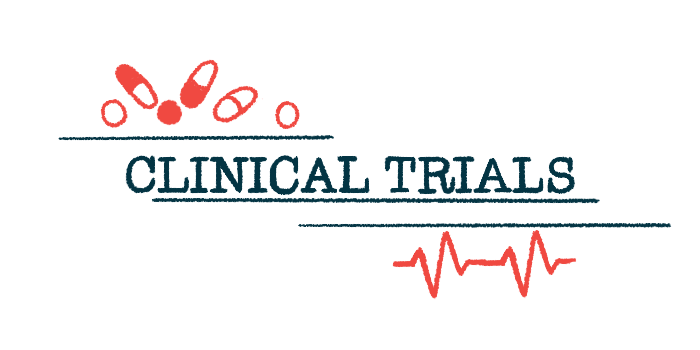Dosing of healthy adults begins in Phase 1 study of oral CVN293
Therapy targets immune cells in brain, aiming to lower inflammation in ALS

A first healthy volunteer has been dosed in a Phase 1 clinical study evaluating how safe and well tolerated is CVN293, a treatment candidate for amyotrophic lateral sclerosis (ALS) and Alzheimer’s disease, the therapy’s developer, Cerevance, announced.
The treatment, given orally, is designed to block a protein called KCNK13 on microglia, a type of immune cell that resides in the brain and is thought to play a role in ALS and other diseases.
Single ascending doses (SAD) and multiple ascending doses (MAD) are being tested in the study, with ascending doses of CVN293 administered once or repeatedly and compared with a placebo.
Problems in microglia function may promote brain inflammation in ALS
A total of 64 healthy men and women, ages 18 to 55, will be randomly assigned in a 6:2 ratio to either CVN293 or a placebo. Five groups of eight people will be in the study’s SAD part; three groups of eight will enter its MAD portion.
In addition to therapy safety and tolerability, the study will evaluate CVN293’s pharmacokinetics, or how the drug moves into, through, and out of the body.
“We are very pleased to advance CVN293, a selective small-molecule inhibitor of the novel target KCNK13 into Phase 1 clinical development,” Craig Thompson, Cerevance’s CEO, said in a company press release.
ALS occurs when motor neurons — the nerve cells that control muscle movement — become damaged and die over time. This results in muscle weakness, leading to problems that include breathing, speaking, and eating.
What exactly causes ALS is not known, but immune cells like microglia are believed to be involved. Like macrophages, the pathogen-engulfing immune cells that reside in tissues outside the brain, microglia eat bacteria, viruses, and debris.
It is thought that microglia, which normally protect the brain from harmful invaders, may go awry in ALS and allow a long-lasting cycle of inflammation that further damages motor neurons.
CVN293 was developed using the company’s proprietary Nuclear Enriched Transcript Sort sequencing (NETSseq) platform, which lets researchers scan the molecular signature of specific types of cells within the brain and identify potential targets for neurological conditions.
It is designed to block KCNK13, also known as THIK-1, a channel protein that allows potassium ions to flow out of microglia. Earlier work in mice found that ion efflux (outflow) regulates the release of inflammatory signals from microglia, limiting communication between nerve cells.
By targeting the ion channel and preventing potassium release by microglia, CVN293 aims to lower inflammation in the brain without dampening immune cells working outside the central nervous system (brain and spinal cord).
Unlike other proteins, KCNK13 is almost exclusive to microglia and present only at very low levels in macrophages. As such, CVN293 may target microglia while leaving macrophages — needed for a healthy immune response — unharmed.
“KCNK13, an important modulator of neuroinflammation, was selectively identified using NETSseq and represents the power of the Cerevance platform in discovering precision neuroscience targets,” Thompson said.
“This [trial] is an important milestone as we continue to translate scientific discoveries into potential therapeutic options to address neuroinflammatory conditions,” he added.







